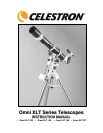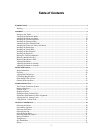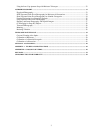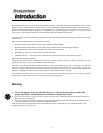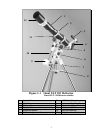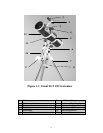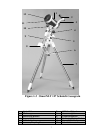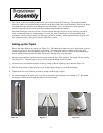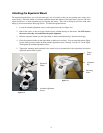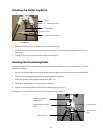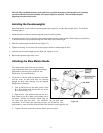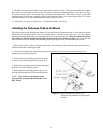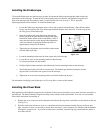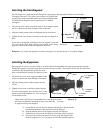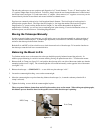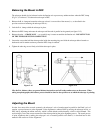
Congratulations on your purchase of an Omni XLT Series telescope. The Omni XLT Series of telescopes come in several
different models --- 102mm refractor, 120mm refractor, 150mm Newtonian, 127mm Schmidt-Cassegrain. The Omni Series is
made of the highest quality materials to ensure stability and durability. All this adds up to a telescope that gives you a lifetime of
pleasure with a minimal amount of maintenance. Furthermore, your Celestron telescope is versatile — it will grow as your
interest grows. This instruction manual covers all the different models of the Omni XLT telescopes.
.
No matter at what level you are starting out, the Omni XLT Series telescopes will unfold for you and your friends all the wonders
of the Universe.
Some of the many standard features of the Omni XLT include:
• Hand selected optical glass and hand figured optics resulting in superior images.
• Premium Celestron Starbright XLT optical coatings that provide maximum contrast and image sharpness.
• Heavy-duty equatorial mount with a rugged and very stable stainless steel tripod.
• Ball bearings in both axes of the mount ensure smooth performance.
• CD-ROM “The Sky” --- astronomy software which provides education about the sky and printable sky maps.
Many other high performance features!
The Omni XLT deluxe features combined with Celestron’s legendary optical systems give amateur astronomers the most
sophisticated and easy to use telescopes available on the market today.
Take time to read through this manual before embarking on your journey through the Universe. It may take a few observing
sessions to become familiar with your telescope, so you should keep this manual handy until you have fully mastered your
telescope’s operation. The manual gives detailed information regarding each step as well as needed reference material and
helpful hints guaranteed to make your observing experience as simple and pleasurable as possible.
Your telescope is designed to give you years of fun and rewarding observations. However, there are a few things to consider
before using your telescope that will ensure your safety and protect your equipment.
W
W
a
a
r
r
n
n
i
i
n
n
g
g
Never look directly at the sun with the naked eye or with a telescope (unless you have the
proper solar filter). Permanent and irreversible eye damage may result.
Never use your telescope to project an image of the sun onto any surface. Internal heat build-up can damage the telescope
and any accessories attached to it.
Never use an eyepiece solar filter or a Herschel wedge. Internal heat build-up inside the telescope can cause these devices to
crack or break, allowing unfiltered sunlight to pass through to the eye.
Never leave the telescope unsupervised, either when children are present or adults who may not be familiar with the correct
operating procedures of your telescope
.
4



